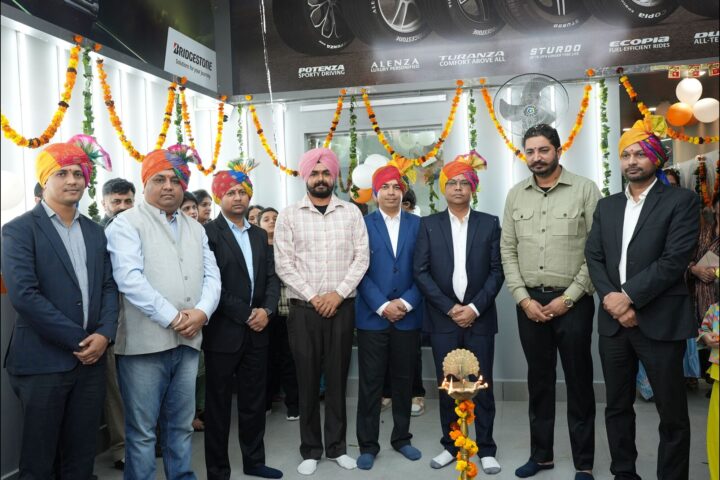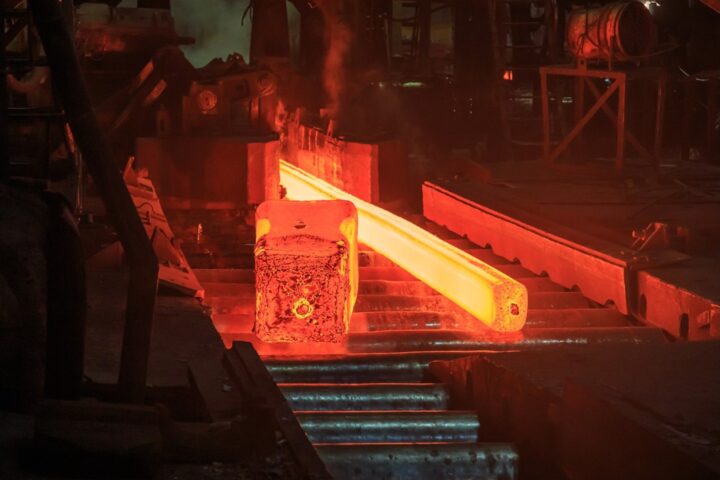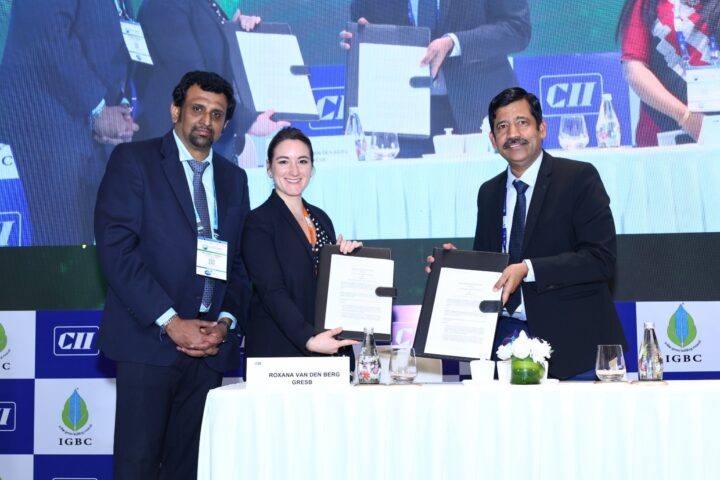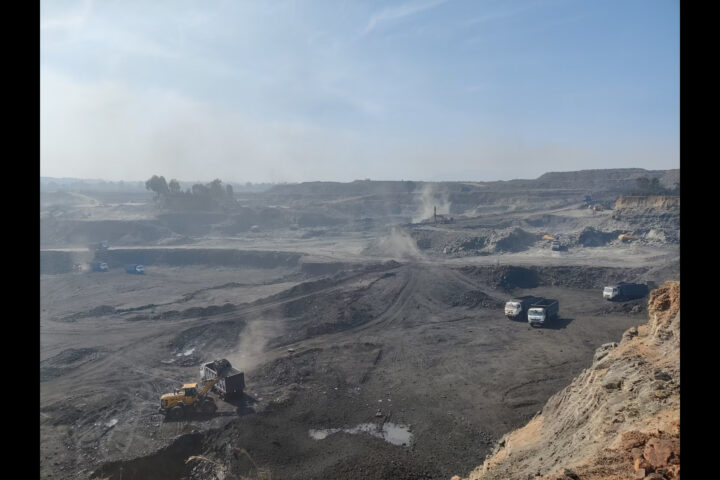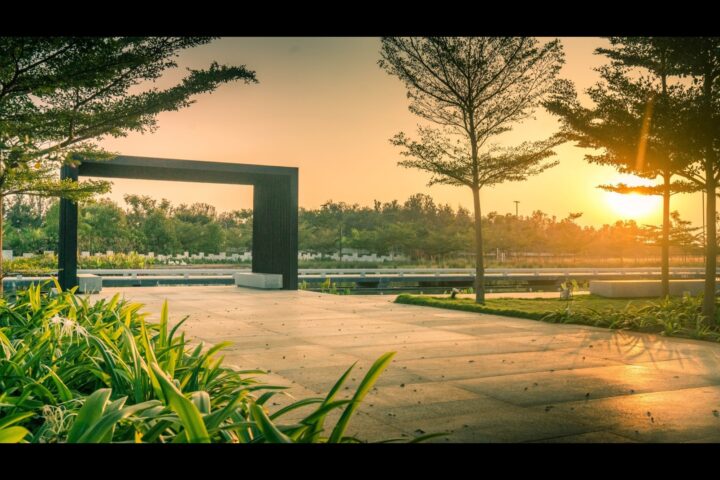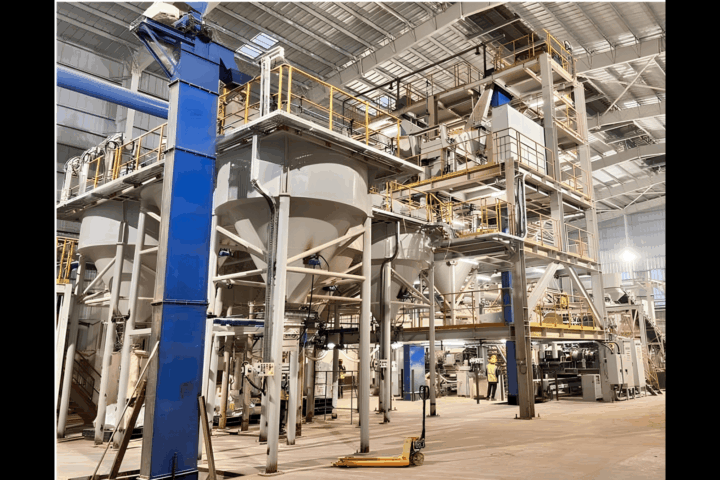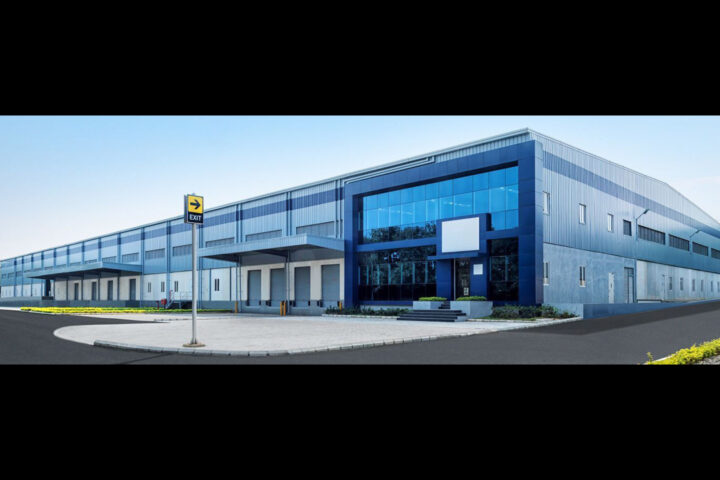Brief outlook on roads and highway sector in terms of growth and current status
India has the second largest road network in the world, spanning a total of 5.89 million kilometres. Private sector has emerged as a key player in the development of road infrastructure in India. Increased industrial activities, along with increasing number of two and four wheelers have supported the growth in road transport infrastructure projects. The Government’s policy to increase private sector participation has proved to be a boon for the infrastructure industry with many private players entering the business through the public-private partnership (PPP), Hybrid Annuity Mode (HAM) and Engineering Procurement and Construction (EPC) model.
Under Union Budget 2020-21, the Government has allocated Rs. 91,823 crore (US$ 13.14 billion) to the Ministry of Road Transport and Highways. The Government plans to invest Rs. 15 lakh crore (US$ 214.62 billion) in the next five years. Pradhan Mantri Gram Sadak Yojana (PMGSY) has brought many socio-economic gains in the rural areas. In Union Budget 2020-21, the Government has allocated Rs. 19,500 crore (US$ 2.79 billion) under Pradhan Mantri Gram Sadak Yojana (PMGSY).
Where do you see yourself in contributing towards the sector's key progress?
Ever since its inception, the company has been working as a catalyst or infrastructural development in the country. A steadfast approach towards growth along with strong adherence to values and beliefs that speak of customer satisfaction, timely solutions, teamwork, uncompromising quality and integrity. Company has a competent, dedicated and hardworking team of more than 4000 professionals working incessantly to realize company's vision. Roads and Highways are to be lifelines for nation's growth. Hence, Company has been contributing in the development of this extremely important segment that includes Expressways, 2-lane, 4-lane and 6-lane roads and highways providing uninterrupted traffic flow and reducing the traveling time between destinations.
Brief about your expertise in execution/technological benefits for the contractors?
We have successfully completed various Roads and Highways projects of 2-lane, 4-lane and 6-lane roads and highways. We have successfully completed some of most important and complex structures in bridges, flyovers and grade separator segment as per required standards. This level of excellence is achieved by flawless teamwork, an eye for detail, a no-compromise attitude, a passion for putting our best into every task – and the desire to overcome every challenge.
Organizational capability is the foundation for strategy, planning and delivery, adaptive resilience, smart infrastructure and continuous improvement – which in turn are fundamental for effective operation, management and decision making. A coherent strategy understands: their roles and criticality in achieving operational continuity, efficiency, quality and safety, and guides decisions about their management. Integrated planning turns strategy into action, supported by targets for and measurement of performance – typically working to horizons of between a year and five-years rolling. Targeted delivery is about implementing your integrated plan through a costed schedule of activities. Smart infrastructure is about providing insight into what’s really going on across your organization and asset base to enable better decisions faster and cheaper. Adaptive resilience is about anticipating and acting to prevent avoidable losses, and to bounce back rapidly from those that cannot be avoided, with minimum harm. It involves risk and criticality analysis, scenario planning, recovery planning and business continuity planning. Continuous improvement is the ability to evolve, innovate, manage risks and deliver better value, even as your organization and operating environment change.
Please name few key projects commissioned and are being executed?
Rehabilitation and Upgrading to 2/4–Lane with Paved Shoulders Configuration and Strengthening of Nepal Border (at Kakarvita) to Bangladesh Border (at Banglabandha) comprising Kakarbitta – Panitanki – Bagdodara – Shivmandir more – Naukaghat – Fulbari-BanglabandhaSection(totaling 37.271 km) of AH-02 corridor in the state of West Bengal; Six Laning of Pimpalgaon-Nashik- Gonde Section of NH-03 from Km 380.000 to Km. 440.000 in the state of Maharashtra – Balance / Additional Works on EPC Mode; Construction of Mechi Bridge and Approaches on India-Nepal Border linking Kakarvitta in Nepal and Panitanki in India under Engineering Procurement and Construction (EPC) mode (ADB Funded Project) (Contract No: SRCIP II/FRP/AH-02-Mechi Bridge/2017); Construction of ROB cum Flyover at Ranichak for replacing the existing level crossing at Ranichak, Haldia up to the Main Gate of Haldia Dock Complex in the state of West Bengal on EPC Mode; Feni bridge an extradosed Bridge Project over river Feni connecting Sabroom in India with Ramgarh in Bangladesh; Construction/Up-gradation of 2 lane with paved shoulder of NH-70 from Munabao (NH-25E)-Tanot from Km 0.00 to 46.00 and 82.600 to 310.467 under Phase-1 of Bharatmala Pariyojna (Total Length 273.867 KM) on HAM mode in Rajasthan; Construction of Metro stations in Ahmedabad; Rehabilitation and Upgradation of Ahmednagar- Baramati- Phaltan (Old SH-60, Old SH-157 &OId SH-152) NH-160 – Section Ahmednagar Kinetic Chowk to Vasunde Phata, from Km. 0+000 to Km. 93+800 to Two Lane with Paved Shoulder /Four Lane Configuration in the State of Maharashtra on EPC Mode.
What are the opportunities evolving areas and strategies to tap in these potentials?
The opportunities evolving areas are roads and highways; flyover, bridges and grade separator; metro projects; drinking water pipe line pojects; infrastructure facilities development; railway projects; and mining Projects
Can Tier-II and tier-III regions be considered as the new growth areas?
Yes, it can be considered as the new growth areas
What are challenges faced in execution and suggestive measures to overcome challenges?
Large infrastructure projects suffer from significant under management of risk throughout the life cycle of a project, as the management of risk isn’t properly accounted for in their planning. However, major infrastructure projects have a history of problems. Cost overruns, delays, failed procurement, unavailability of private financing are common, delay in obtaining the various approvals from the Department. In our view, most overruns are foreseeable and avoidable. Many of the problems we observe are due to a lack of professional, forward-looking risk management. Proper front-end project planning is all about shaping the project’s risk profile so it can be managed during execution, and execution is all about aggressively mitigating the risks that emerge. The key is to know what risks are inherent to a project and what degree of freedom you have to shape the risk profile before you commit the bulk of your funds; you must also have skills in place to prevent the remaining risks from getting out of control. Then you can discuss what skills and processes are needed during front-end planning versus execution. In practice, they are quite different.
Please share with us the future prospects?
Under Union Budget 2020-21, the Government has allocated Rs. 91,823 crore (US$ 13.14 billion) to the Ministry of Road Transport and Highways. The Government plans to invest Rs. 15 lakh crore (US$ 214.62 billion) in the next five years. In December 2020, the MoRTH proposed to develop additional 60,000 kms of national highways (in the next five years), of which 2,500 kms are expressways/access-controlled highways, 9,000 kms are economic corridors, 2,000 kms are coastal and port connectivity highways and 2,000 kms are border road/strategic highways. The ministry also intends to improve connectivity for 100 tourist destinations and construct bypasses for 45 towns/cities.








